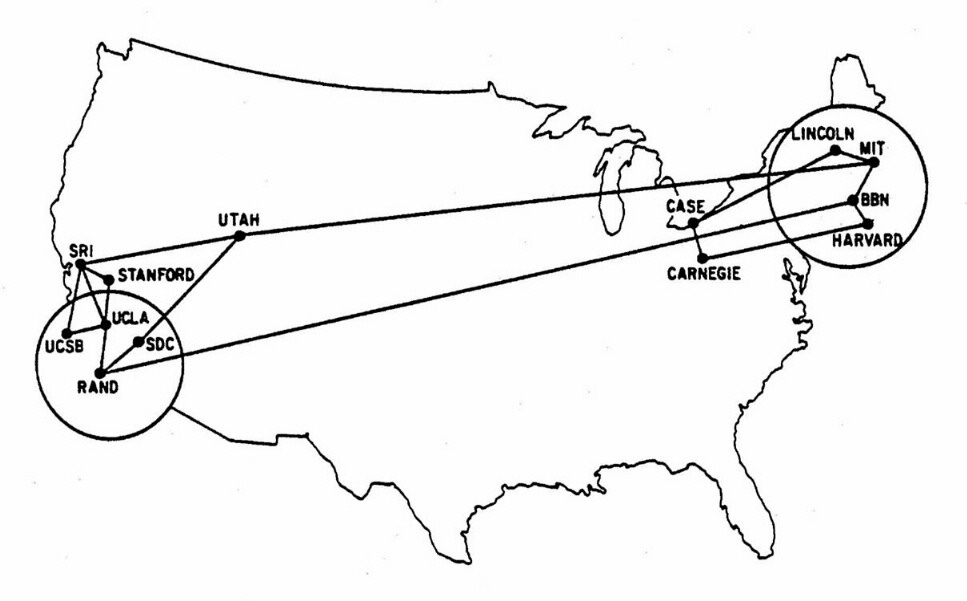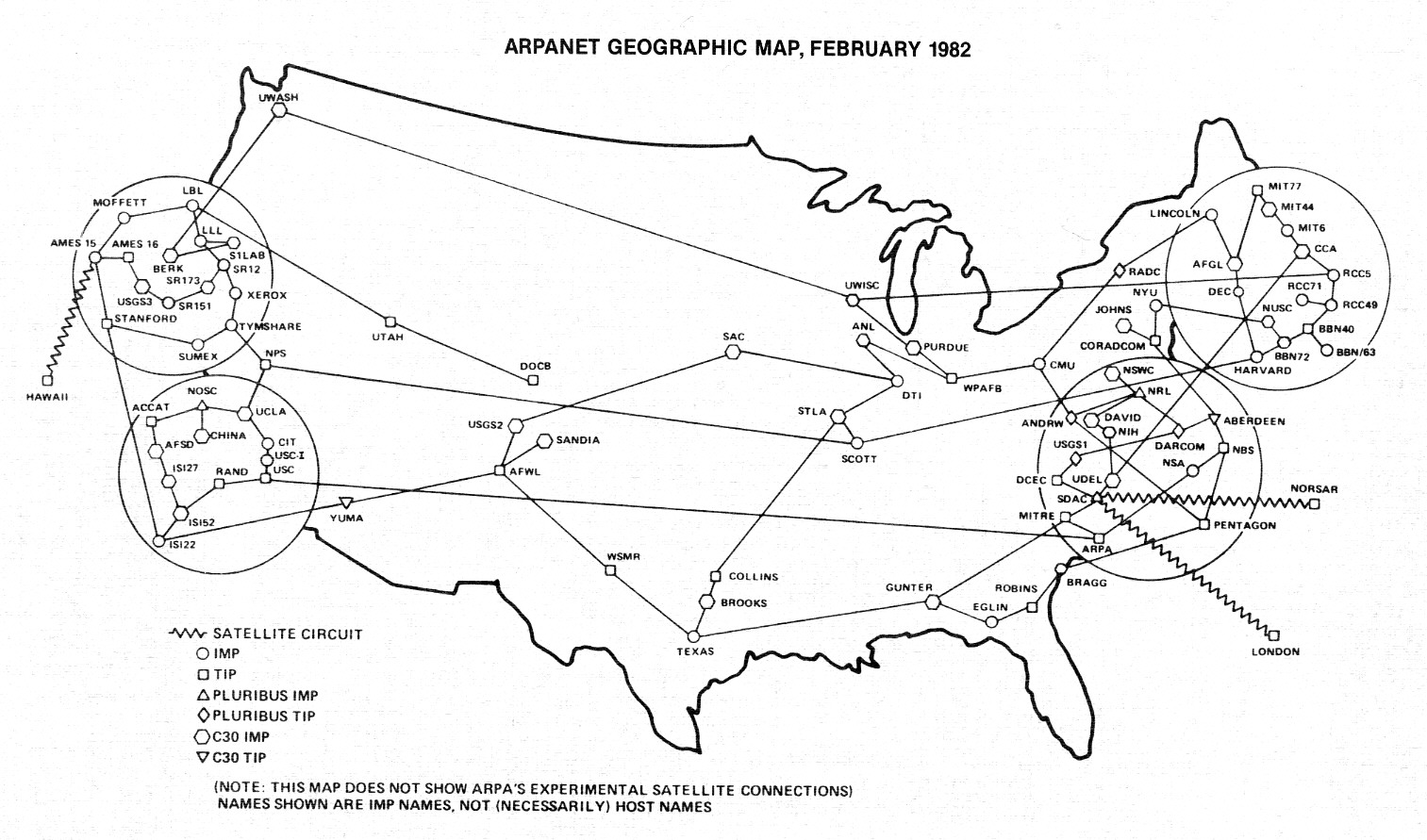In Australia with ADSL I get maximum 350 -410 kb/second, but most of the time I don't get quite this fast. I Sweden I found it can get up to 1.2 mb/second, which is 3-4 times what I get here. In Norway it was around 900 kb/second, so around 3 times faster.The big lie that NBN customers are being sold
LIKE many other avid gamers, Ben Wilson was excited to sign up for the NBN and chose a plan that would give him the top speed available.
But weeks later he is frustrated and angry that no one told him it would be impossible to get the “superfast” speeds he is paying for.
In fact he is one of many Australians who feel like they’ve been sold a lie.
Mr Wilson, who lives in Albion Park near Wollongong, will never be able to achieve the current top download speed of 100 megabits per second (Mbps) because his NBN is connected via copper wire through the Fibre-to-the-Node system.
The 100/40 plan is the top speed that retailers like Optus, Telstra and iiNet are offering for the NBN, although higher speeds will hopefully be available in the future.
It means you should get “up to” a speed of 100 megabits per second (Mbps) when downloading, and 40 Mbps when uploading.
Trouble is, Mr Wilson says he hasn’t seen his speed get higher than 49 Mbps when downloading, and 20 Mbps when uploading.
“99 per cent of the time I am lucky to get over 20/20,” he told news.com.au.
“The Australian public have been sold a lie.”
While a download speed of 20 Mbps is faster than the 15 Mbps he could get using ADSL, it is much less than 100 Mbps he is paying for. It is also not consistent.
“It is not a constant speed,” he said. “We get constant slow downs below 10Mbps ... so we pretty much had a more reliable connection on ADSL.”
When speeds drop this low it’s hard to stream movies or TV series on Netflix at the same time as he is playing games online, which is why he wanted the technology in the first place, and which he managed to do using his old ADSL connection.
Like Mr Wilson, there are many other Australians who don’t realise that no matter how much they pay, they may never get close to the top speed, and there are several reasons why.
Here’s how it works.
IT DEPENDS WHERE YOU LIVE
While the NBN hopes to one day deliver speeds of up to 1 gigabit for those whose homes are connected directly to the network using Fibre-to-the-Home, for those who are relying on the copper network, the expectations need to be much lower.
As an NBN spokesman told news.com.au, some households connected through the copper system will be able to get download speeds of up to 100 Mbps.
But what’s less well known, is that this can drop off dramatically, the further you are from the Cabinet where the copper meets the fibre optic cable.
If your home is within 400m of the Cabinet, you’ll probably be able to get the top speed.
But for those up to 800m away, you should halve your expectations. You’ll probably only be able to get 50 Mbps.
Beyond that you are looking at 25 Mbps.
While there’s much promotion of the “superfast” 100/40 speeds, NBN website says it actually considers anything over 25 Mbps to be “superfast”.
This is still higher than what people can get using the traditional ADSL network but customers are being signed up to contract for higher speeds when it’s actually impossible to get these speeds.
AND IT CAN GET EVEN SLOWER ...
The other important factor that can stop you from achieving top speeds, depends on which retailer you chose to sign up to.
There are dozens of companies like Optus, Telstra and iiNet who are offering NBN plans. They buy capacity from the NBN to deliver internet to their customers but the speeds that can be achieved depends on how much bandwidth they buy.
If they don’t buy enough bandwidth, their services can be very slow during peak periods when more people are trying to access the network.
So speeds are also limited by which company you sign a contract with, and what speeds they can actually deliver.
Comparing the many different companies offering NBN connection, and how much speed they can actually deliver is extremely difficult as this information is not generally published.
Companies such as YouTube and Netflix are now ranking different service providers according to the speed to help their customers out.
THE BLAME GAME
One of the frustrations for customers, is that when they complain about their service, NBN often points the finger at the retailers, while they point the finger back at the NBN.
“Telstra blames NBN Co, you try and speak to NBN Co, and they pass you back to your RSP (Retail Service Provider). It is a vicious circle,” Mr Wilson said.
When asked whether he knew that he could not get anywhere near the top speed, the Mr Wilson said no one had told him this before he signed up.
“No where is it written when you sign up for a plan with Telstra, or any telco in fact,” he said.
It’s also not mentioned on the NBN website, which only has vague statements about speeds varying depending on the service provider, technology, equipment quality and software.
While Mr Wilson said he knew there would be some limitations because he was connecting via copper, he didn’t realise this meant his top speed would be 50 Mbps, as a best-case scenario.
This is not commonly known among the public, even savvy users like Mr Wilson, who was surprised when news.com.au informed him of the technical limitation after queries to the NBN.
Many other NBN users have also told news.com.au about similar issues.
“Both my brother and myself are pretty switched on when it comes to technology,” Mr Wilson said.
“We both have high end gaming PC’s, yet neither of us could predict this.”
Mr Wilson thought that with a 25/5 plan, you could get anywhere “up to” those speeds, which meant a 50/20 plan would give download speeds of between 25 and 50 Mbps, and a 100/40 plan would provide speeds of between 50 and 100 Mbps.
Confusing the matter even more is that others in Mr Wilson’s area have been able to get speeds of between 70 to 80 Mbps, probably because they are closer to the node.
CONSUMERS ARE CONFUSED
It seems that Mr Wilson is not the only Australian confused.
The Australian Competition and Consumer Commission released a report Friday into its consultation about broadband speeds, and found 80 per cent of the more than 390 consumers that responded, complained about being confused.
“Consumers believe they aren’t getting what they sign up for, and pay for, when it comes to home internet speeds,” ACCC chairman Rod Sims said.
“It’s is time the industry met consumer demand for accurate information about broadband speeds so consumers can compare offers and make informed decisions about their internet services.”
In particular he said the use of “up to” was misleading when talking about broadband speeds.
“In some advertising contexts it’s OK, but when it comes to broadband, it tells you nothing at best, and at worst it tells you nothing.”
The ACCC is now consulting with the industry to put out some guidelines. Once these have been established, it will be able to take action if future ads are misleading. But it also wants a broadband monitoring scheme, which would require government approval, so that it can identify what speeds are actually being delivered.
“One thing that’s really important about the monitoring program is to determine whether people getting lower speeds is the fault of the (retailer) or the NBN,” he said.
“That’s absolutely fundamental to the debate we’re having.”
He said if monitoring showed everyone in a particular area was getting slower speeds, the NBN was probably at fault, but if only customers of certain retailers were experiencing problems, the problem was likely to be coming from them.
“The Australian taxpayer is spending a lot of money on the NBN and we need to know whether it is working or not, and if criticism should be directed at the NBN or should be directed at the retail service provider,” he said.
“I don’t think it’s been focused enough on the whole discussion of this issue.”
A Telstra spokesman said the telco welcomed the ACCC report and it planned to start publishing data that outlines the performance of its NBN service during busy periods when demand was greatest.
“And, from midyear, we will introduce technology that gives customers a realistic estimate of network speeds into their premises before they take up an NBN service,” he said.
“This will include information on what speeds they can expect from the network in busy periods and what applications they can run at those speeds.
We're a rich country. Our GDP / capita is comparable to Sweden's and with more population we have a larger economy. Why the hell can't we get this right, especially as we have been talking about it for ages.



